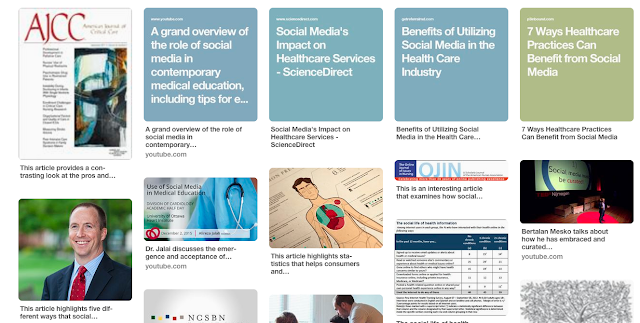Reflecting on Social Media in Learning

Course Reflection In terms of integrating social media in the classroom, I have always been resistant to making the change. There is stigma sometimes associated with the use of any social media, especially in the classroom. I have been in many conversations with colleagues, about how “millennials are on that damn Twitter too much!” I suppose, as a newer educator, I was conforming to the same idea as my colleagues. Perhaps they felt threatened by having the attention taken off of them, or maybe they just don’t understand it. For me personally, I was afraid that I would lose the personal connection to my students. The EDTECH program has helped me embrace technology integration in my classes. It has also helped me understand that I don’t have to, or even shouldn’t, integrate a piece of technology for the sake of just doing it. There must be specific purpose for introducing it and it should be for a meaningful purpose. I feel that social media is another tool that can be use...

